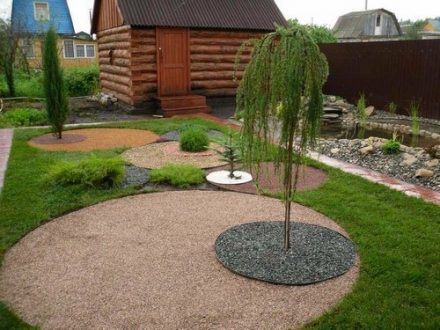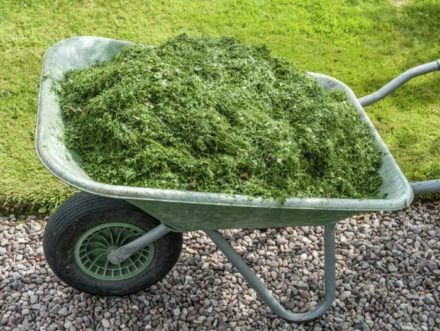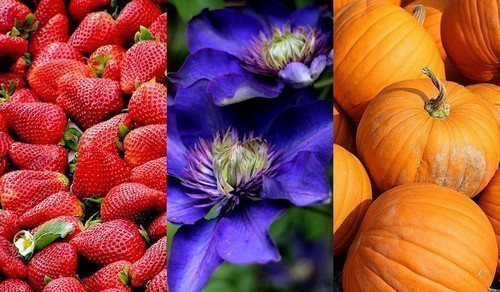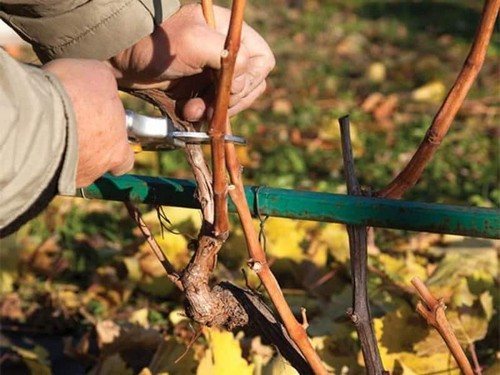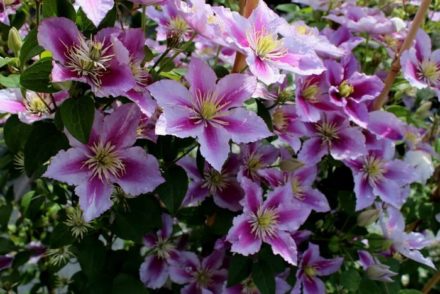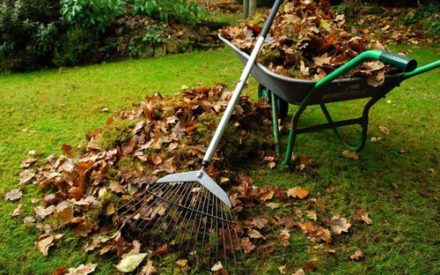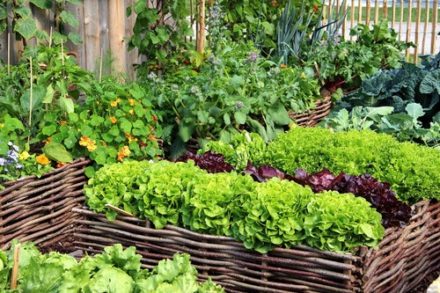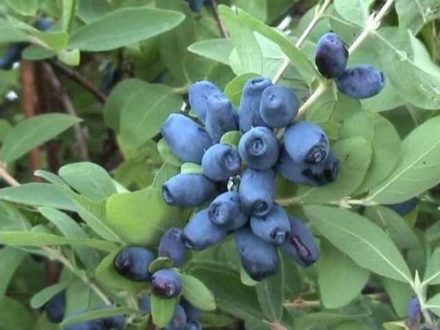Autumn mulching of garden plantings is aimed at protecting crops from upcoming frosts. A thick layer of mulch crops creates an obstacle to cold weather and prevents planting roots from freezing. Some mulch options can retain moisture from melted snow, which enhances their protective function.
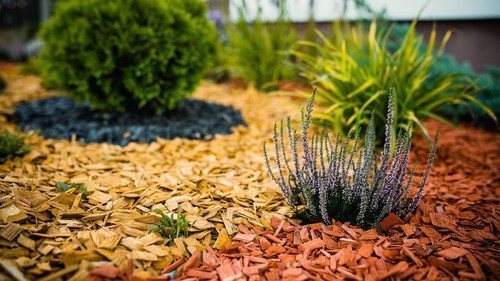
tree bark
Bark is one of the most durable mulch options. The plot and flower garden look impressive, while the bark ensures active growth of plants and protects against temperature fluctuations. Under a thick layer of aromatic bark, the soil is not compressed, and a crust does not form on the surface.
The main obstacle to using wood mulch is the labor-intensive harvesting process: pieces of bark must be collected in a compost pile throughout the year. The material is not suitable for insulating tomatoes. The method is ideal for all fruit crops and berry bushes, lingonberries, blueberries and heather crops.
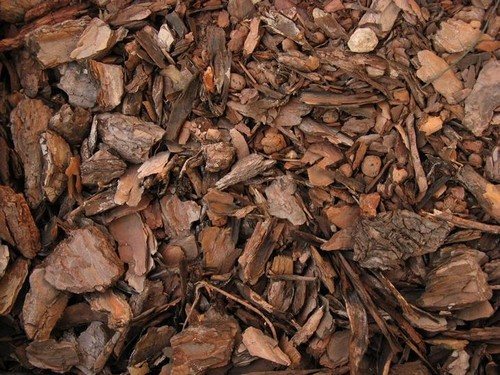
Compost
Compost is an organic mixture formed as a result of the decomposition of organic residues. The mass is completely safe for garden and vegetable crops. Compost perfectly fertilizes the soil and reduces the risk of plant infection with diseases. Compost must be prepared in advance; Also, a large number of weeds can grow on soil mulched with compost. It is better to cover garden trees with bushes, vegetable seedlings planted in winter, and all varieties of grapes with lying compost.
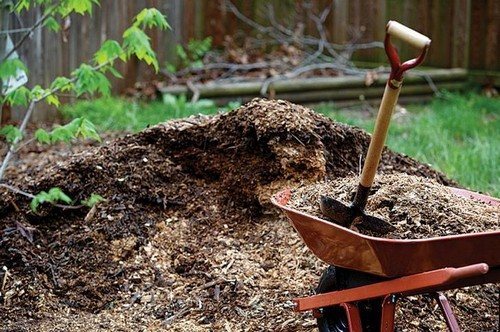
Peat mulch
Peat mulch is indicated for heavy, depleted soil, which is prone to caking and the formation of a hard crust. With the arrival of spring, overwintered peat promotes accelerated warming of the soil, improves the quality of the soil and retains high humidity. The only drawback is the fact that it is better not to cover the soil with fresh peat: it contains an increased concentration of toxins that negatively affect the life of plants. Two types of peat are suitable for mulch on the ground: lowland and transitional. Vegetables and herbs planted under peat grow best.
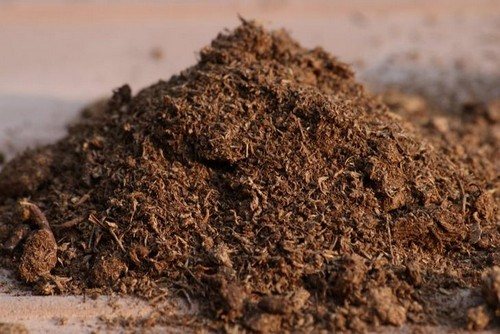
Cow humus
Humus is a rotted mixture of cow or horse manure. Adding humus to the soil is the key to increasing its fertility and improving the quality of the land. Humus mulch is rich in minerals necessary for the growth and development of crops. Cow or horse humus feeds the soil with nitrogen, which garden crops need in the spring.
Humus mulch can enhance the growth of weeds, since the mass is likely to contain weed seeds and insect larvae. The mass is optimal for all garden crops, vines, shrubs, roses and other perennial plants.
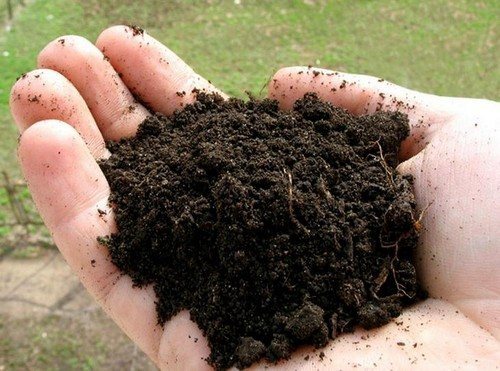
fallen leaves
Dry leaves that have fallen in autumn are a natural covering. The leaves quickly rot, and in the process the plantings and soil are enriched with nutrients. In areas covered with autumn leaves, plant crops begin to grow faster and more strongly. Leaf mulch should not be used to cover vegetable plantings. In mild and wet winters, the leaves can rot, which can trigger the appearance of fungus in the soil.Foliage can be used to cover tree trunks, the base of shrubs and perennial plants.
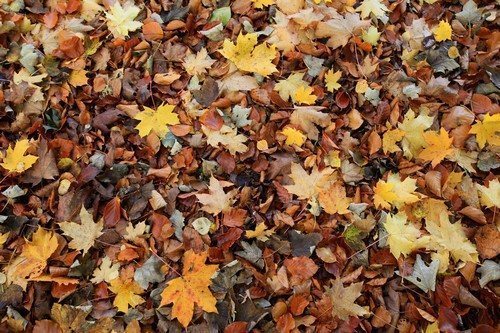
Properly selected mulch, applied in the fall for the winter, can improve the quality of the soil, make the soil nutritious, moist and loose. Plants under the protective layer do not freeze, and with the arrival of spring warmth they grow and develop faster.


